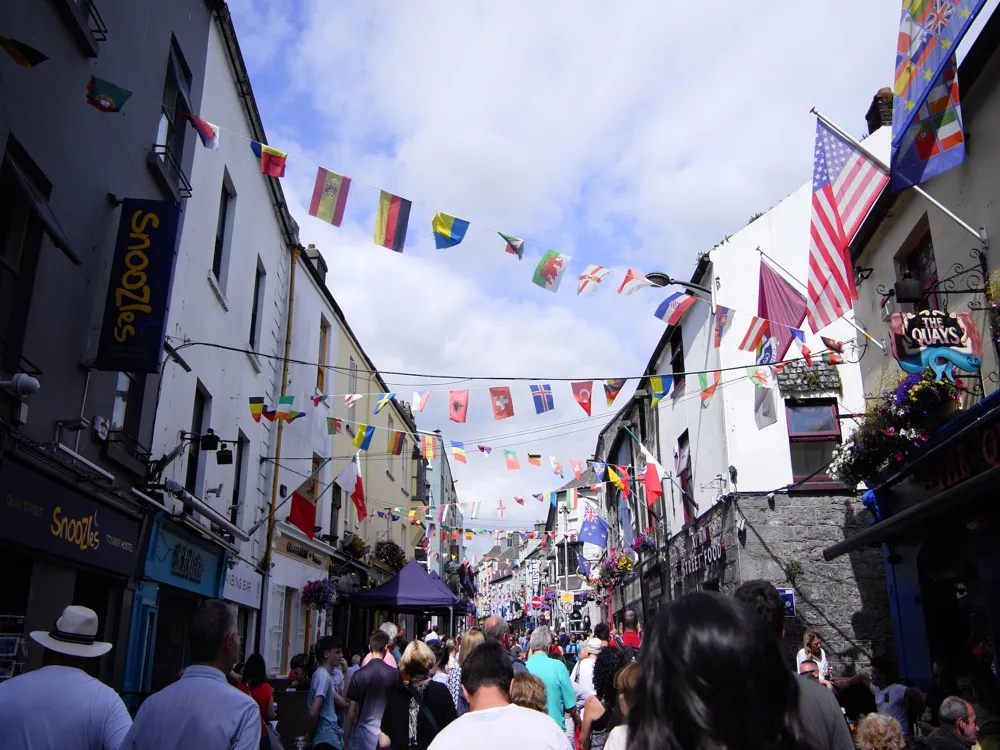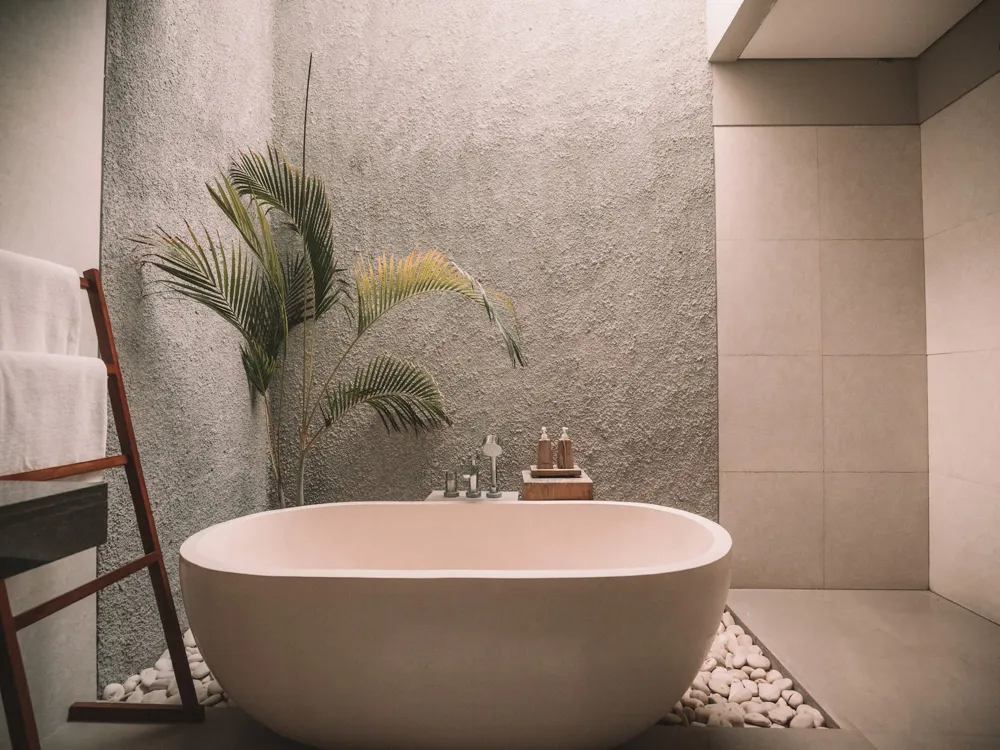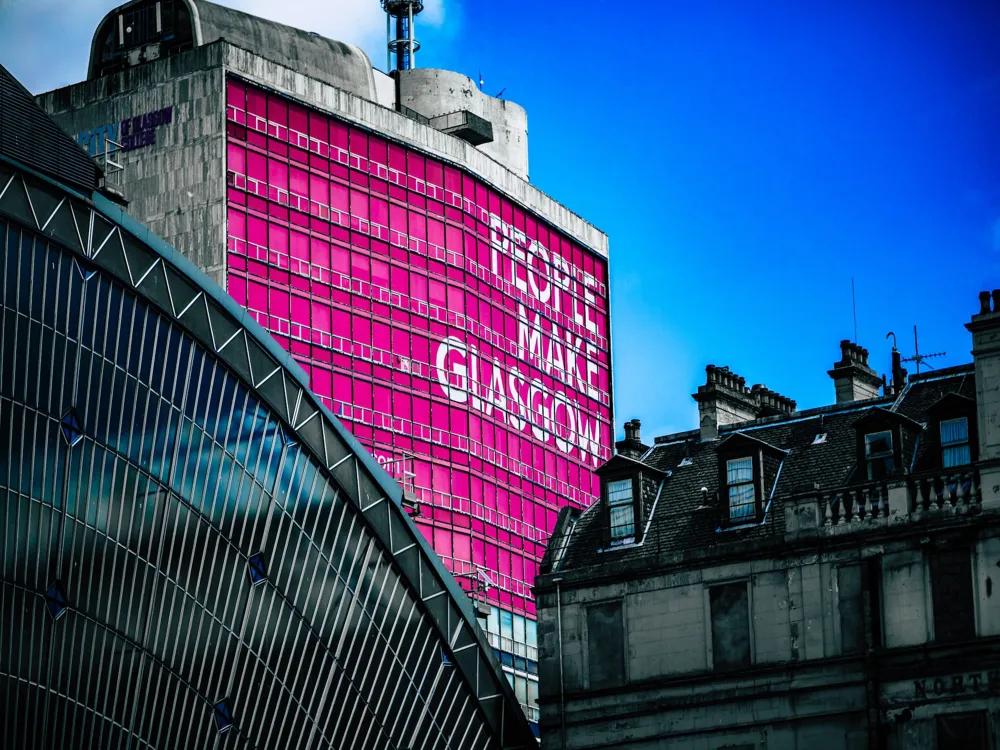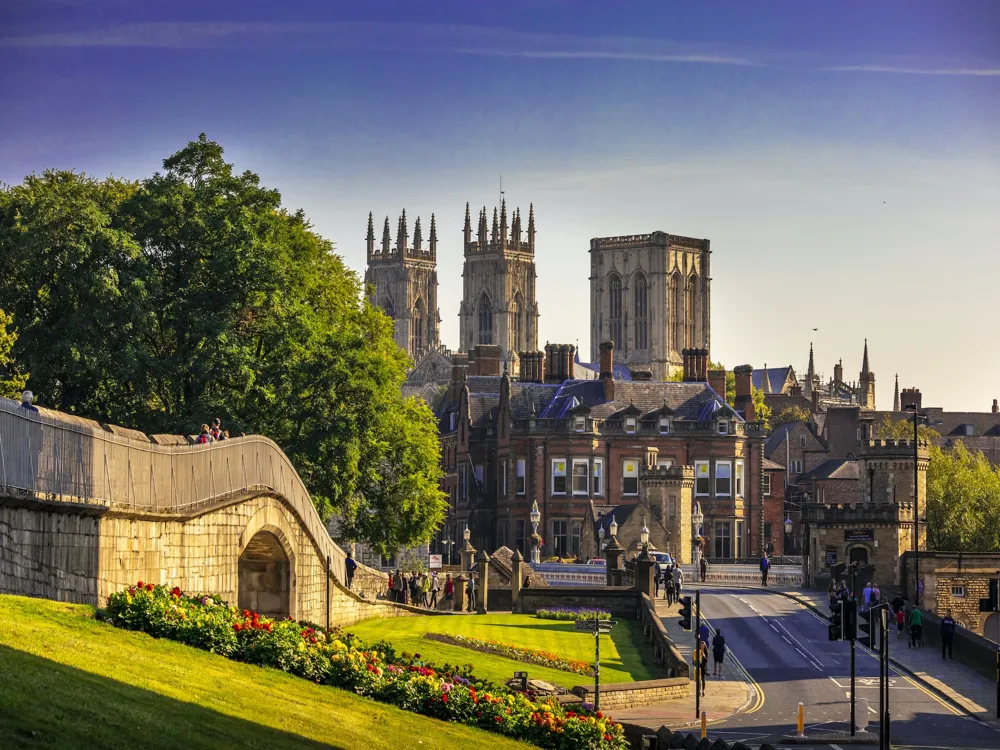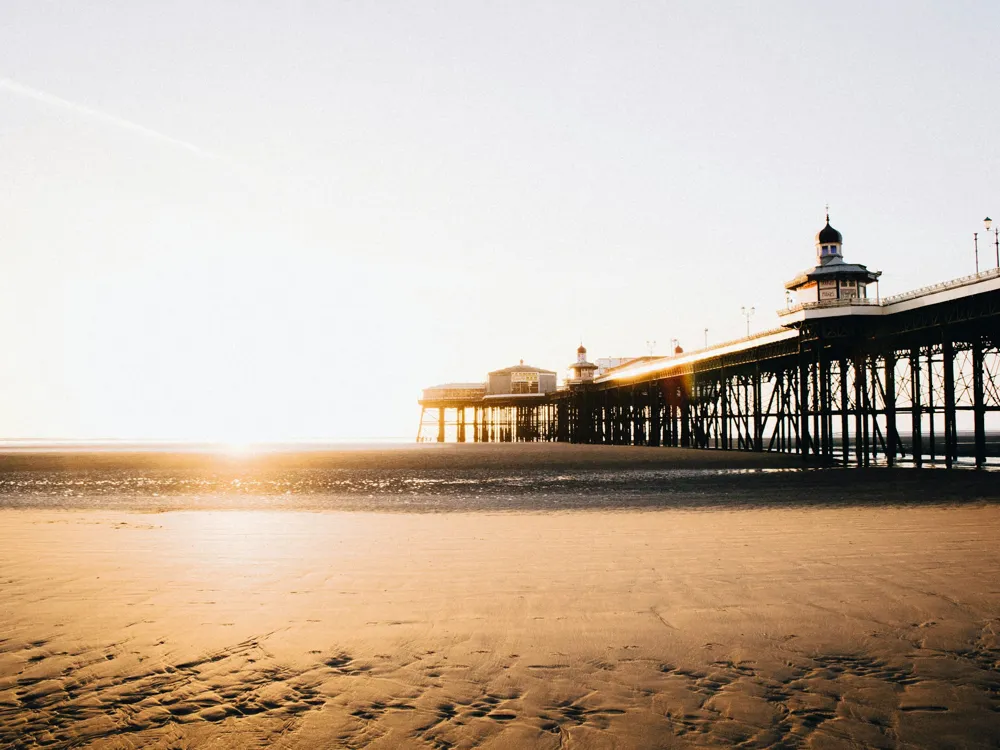The National Botanic Gardens Dublin, a beacon of beauty and tranquility, is nestled in the heart of Dublin. Established in 1795, these gardens are a living testament to the rich botanical heritage and biodiversity of Ireland. Spanning 19.5 hectares, the gardens are not only a delight for plant enthusiasts but also a significant center for botanical research and conservation. With over 15,000 plant species and cultivars from around the world, the gardens offer a fascinating exploration of global flora in an Irish setting. The gardens' history is as rich and varied as its plant collections. Originally founded by the Royal Dublin Society, the objective was to advance knowledge of plants for agriculture, medicine, and dyeing. The gardens have since evolved into an institution of scientific research contributing to the study of plant systematics, biodiversity, and conservation. Additionally, the gardens serve as a serene escape for Dubliners and visitors alike, providing a verdant oasis away from the bustle of city life. One of the most striking features of the National Botanic Gardens is its diverse range of ecosystems. The gardens boast a variety of habitats, from the arboretum with its majestic trees to the herbaceous borders, alpine beds, and glasshouses. The Turner Curvilinear Range and Great Palm House, both architectural marvels, house exotic plants from far-flung corners of the world. The extensive rose garden and rockery also provide a visual feast for visitors. Moreover, the gardens are a hub for education and community engagement. With a plethora of workshops, guided tours, and educational programs, the National Botanic Gardens Dublin plays a pivotal role in spreading awareness about plant conservation and the importance of biodiversity. The gardens also host art exhibitions, concerts, and cultural events, fostering a strong sense of community and connection to nature. [The next 1100 words will continue to explore the various aspects of the National Botanic Gardens Dublin, diving deeper into its history, collections, and role in both the local and scientific community.] The National Botanic Gardens Dublin is not just a sanctuary for plant life; it's also a showcase of stunning architecture that blends harmoniously with nature. The gardens' architectural heritage is a fine example of the integration of man-made structures within a natural environment, offering a unique aesthetic experience. At the heart of this architectural splendor is the Turner Curvilinear Range. Designed by architect Richard Turner, this range of glasshouses is a masterpiece of wrought iron and curved glass, completed in the mid-19th century. The intricate design and engineering of the Turner Curvilinear Range were groundbreaking at the time of construction and remain a significant achievement in greenhouse architecture. The Great Palm House, another architectural highlight, was built in the late 19th century. This large Victorian glasshouse, constructed of iron and glass, is a fine example of the era's engineering and architectural prowess. Housing tropical plants, the Great Palm House creates an environment that transports visitors to rainforest-like conditions, offering a glimpse into the diversity of tropical flora. Throughout the gardens, visitors will find a blend of classical and modern architecture. From the historic herbarium building, which houses a vast collection of dried plant specimens, to the modern visitor center with its eco-friendly design, the architecture of the National Botanic Gardens Dublin is as diverse as its plant collections. [The next 1100 words will delve deeper into the architectural details, historical significance, and design philosophy behind the various structures within the National Botanic Gardens Dublin, emphasizing how architecture and nature coexist and complement each other.] The National Botanic Gardens Dublin is a year-round destination, but each season offers a unique experience. Spring brings blooming bulbs and vibrant flowers, while summer showcases the rose garden and herbaceous borders in full glory. Autumn transforms the arboretum with a palette of fiery hues, and winter highlights the structural beauty of trees and the warmth of the glasshouses. To enhance your visit, consider joining a guided tour or participating in one of the many educational programs. These tours and programs offer insightful knowledge about the plant collections and the gardens' history, enriching your experience. The gardens are a paradise for photographers and artists. Capture the stunning flora and picturesque landscapes, but remember to respect the garden's guidelines on commercial photography. The gardens are equipped with visitor facilities including a café, restrooms, and a gift shop. The site is mostly wheelchair accessible, ensuring that everyone can enjoy the beauty of the gardens. While enjoying the gardens, it's important to respect the environment. Refrain from picking plants, stay on designated paths, and dispose of waste properly to help preserve the gardens' natural beauty. The National Botanic Gardens Dublin is easily accessible by various modes of transportation. For those using public transport, several bus routes service the area. If you prefer driving, there is limited parking available on site. For a more eco-friendly option, consider cycling to the gardens, with ample bike parking provided. Detailed directions and specific transportation options can be found on the gardens' official website, ensuring a hassle-free journey to this enchanting botanical haven. Read moreOverview of National Botanic Gardens Dublin
Architecture of National Botanic Gardens Dublin
Tips When Visiting National Botanic Gardens Dublin
Best Time to Visit
Guided Tours and Educational Programs
Photography and Art
Facilities and Accessibility
Respect the Environment
How To Reach National Botanic Gardens Dublin
National Botanic Gardens Dublin
Dublin
₹ 84,000 onwards
View dublin Packages
Weather :
Tags : Garden & Park
Timings : Winter Opening Hours
Monday - Friday: 9:00 AM —4:30 PM
Sat, Sun & Public Holidays: 10:00 AM —4:30 PM
Summer Opening Hours
Monday -Friday: 9:00 AM —5:00 PM
Sat, Sun & Public Holidays: 10:00 AM —6:00 PM
Entry Fee : Free
Planning a Trip? Ask Your Question
Dublin Travel Packages
View All Packages For Dublin
Top Hotel Collections for Dublin

Private Pool

Luxury Hotels

5-Star Hotels

Pet Friendly
Top Hotels Near Dublin
Other Top Ranking Places In Dublin
View All Places To Visit In dublin
View dublin Packages
Weather :
Tags : Garden & Park
Timings : Winter Opening Hours
Monday - Friday: 9:00 AM —4:30 PM
Sat, Sun & Public Holidays: 10:00 AM —4:30 PM
Summer Opening Hours
Monday -Friday: 9:00 AM —5:00 PM
Sat, Sun & Public Holidays: 10:00 AM —6:00 PM
Entry Fee : Free
Planning a Trip? Ask Your Question
Dublin Travel Packages
View All Packages For Dublin
Top Hotel Collections for Dublin

Private Pool

Luxury Hotels

5-Star Hotels

Pet Friendly













